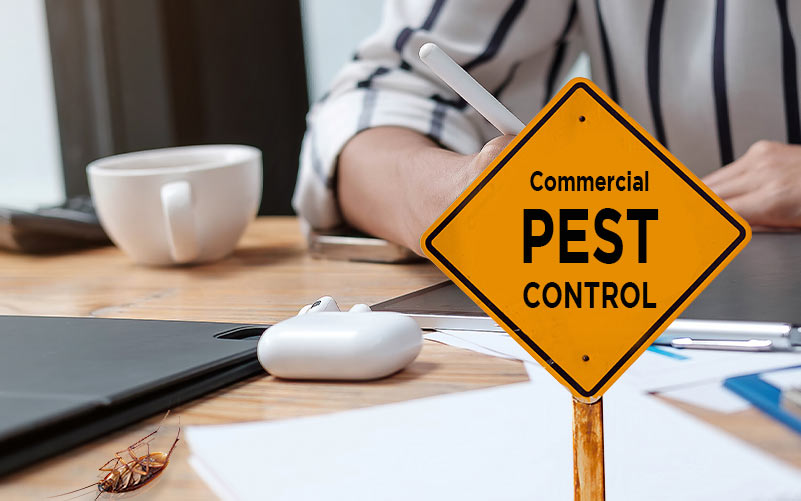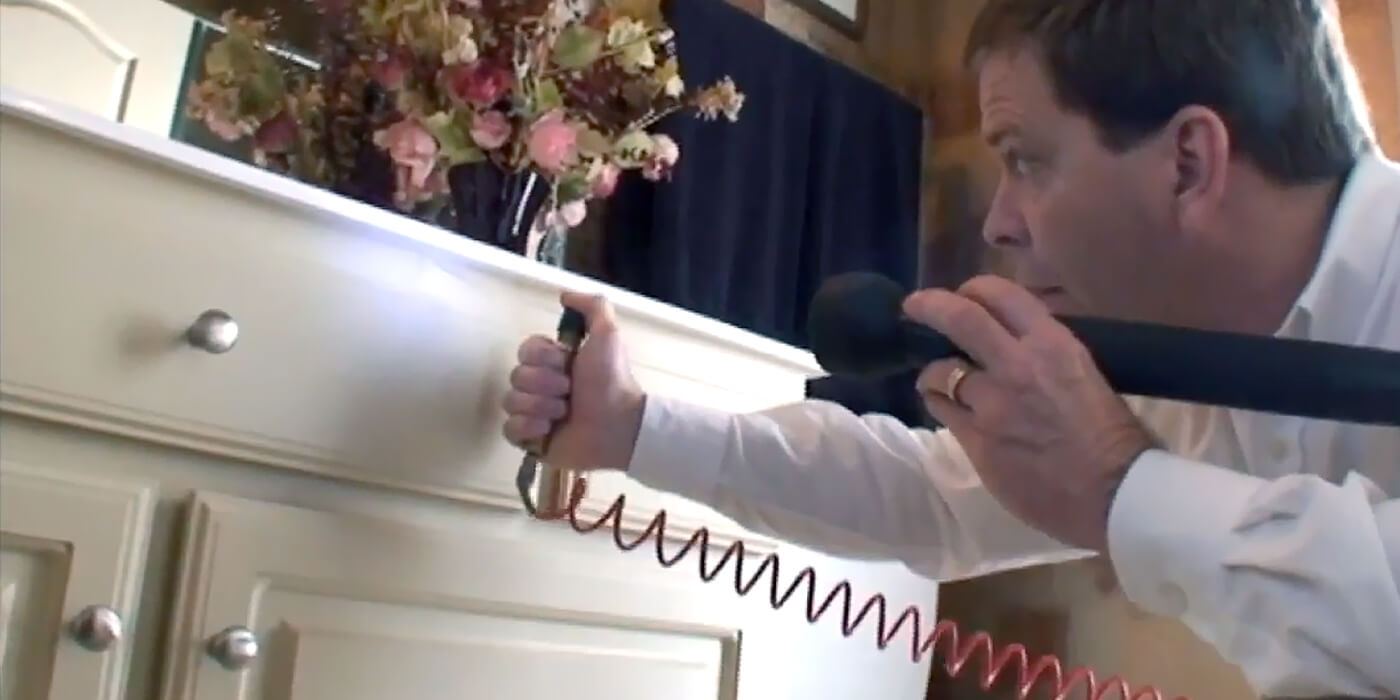A1 Bed Bugs Exterminator Portland - Fast and Professional Service
A1 Bed Bugs Exterminator Portland - Fast and Professional Service
Blog Article
Mastering the Art of Insect Control: Proven Methods for Long-Term Avoidance and Obliteration
Bug invasions can be a relentless difficulty for companies and house owners alike, requiring a calculated technique to properly handle and remove these unwanted burglars. By understanding the art of bug control through proven approaches for lasting prevention and removal, one can establish a positive defense versus possible dangers. Understanding the actions of parasites, carrying out integrated pest management strategies, and making use of all-natural remedies are just a couple of key elements necessary to achieving long-term success in this undertaking. However, the details of maintaining tidiness, conducting regular inspections, and persistent surveillance play just as essential roles in sustaining a pest-free setting. As the battle versus bugs remains to advance, embracing an extensive method ends up being vital in guarding your residential property from possible damage.
Recognizing Parasite Actions
To efficiently implement parasite control methods, it is necessary to comprehend the intricate behaviors showed by different bugs in different environments. Comprehending insect behavior is a fundamental facet of creating reliable parasite monitoring strategies. Each pest species has unique habits and preferences that affect their movement, breeding, and feeding patterns. By examining these actions, parasite control professionals can determine one of the most weak spots in the parasite's life cycle to target interventions extra successfully.
Understanding this, parasite control experts can focus on sealing access points and eliminating food attractants to prevent these bugs. By dealing with wetness concerns and sealing holes and fractures, problems can be substantially reduced.
Applying Integrated Pest Management
Applying Integrated Insect Monitoring involves using a holistic strategy to deal with parasite issues by integrating various control techniques and approaches. This method stresses avoidance, tracking, and control of parasites through a mix of biological, social, physical, and chemical treatments. By integrating several strategies, Integrated Bug Management (IPM) intends to decrease making use of pesticides while effectively taking care of pest populaces.
Avoidance is also a basic principle of IPM, focusing on removing aspects that draw in parasites, such as water, food, and sanctuary. Routine tracking and evaluation are crucial to discover insect problems early and prevent them from rising.
Moreover, IPM advertises the use of eco-friendly and lasting insect control techniques to reduce damage to non-target organisms and the surrounding community - a1 portland bed bug exterminator. By taking on an Integrated Bug Monitoring strategy, people and services can successfully take care of parasites while minimizing reliance on chemical pesticides
Making Use Of All-natural Treatments
Building upon the structure of Integrated Bug Management, a change in the direction of using natural solutions supplies an environmentally friendly approach to pest control. All-natural remedies harness the power of nature to hinder and get rid of insects without using harsh chemicals that can hurt the environment, people, and helpful organisms.

Additionally, growing pest-repelling plants like marigolds, lavender, and mint around yards and homes can assist hinder bugs naturally. These plants emit smells that insects discover unpleasant, driving them away without the requirement for chemical treatment.
Maintaining Sanitation and Hygiene

Consistently evaluating and cleansing hard-to-reach locations such as behind home appliances, under sinks, and in storage space wardrobes is essential for identifying and removing possible bug habitats. Mess should be minimized as pests often seek sanctuary in stacks of things or particles. Applying a regular cleaning timetable and making certain all members of the family or employees are enlightened on appropriate hygiene practices can go a lengthy means in pest prevention. By preserving tidiness and hygiene criteria, the setting ends up being less friendly to pests, ultimately supporting long-lasting pest control initiatives.
Routine Assessments and Surveillance
Normal assessments and keeping track of play a crucial duty in proactively identifying and addressing possible insect concerns prior to they rise. By performing regular assessments of both the inside and exterior of a property, parasite control specialists can navigate here find very early signs of invasions, bug entrance points, and conditions favorable to insect activity.
Constant tracking permits the early detection of bug issues, allowing speedy treatment to avoid prevalent infestations that can be helpful site expensive and challenging to get rid of. Furthermore, routine assessments and keeping track of assistance to adhere to regulative requirements and preserve a secure, pest-free setting for occupants. Carrying out a proactive strategy with routine assessments and monitoring is a foundation of effective bug management, offering assurance and lasting protection versus insect hazards.
Conclusion
Finally, grasping the art of pest control involves understanding insect behavior, executing incorporated pest management, using all-natural treatments, keeping sanitation and health, and performing normal examinations and surveillance. By adhering to these tried and tested strategies for long-term avoidance and elimination, people can efficiently take care of pest invasions and develop a much healthier and safer setting for themselves and their environments.
To efficiently carry out parasite control strategies, it is essential to comprehend the detailed behaviors exhibited by different bugs in various atmospheres (a1 pest control in portland oregon bed bugs). By studying these habits, parasite control professionals can determine the most at risk factors in the bug's life cycle to target treatments extra successfully
Applying Integrated Bug Management includes using an alternative strategy to resolve pest concerns by integrating numerous control tactics and techniques. By preserving tidiness and health requirements, the setting comes to be much less congenial to pests, ultimately supporting long-term pest control efforts.
By conducting regular evaluations of more both the interior and exterior of a residential or commercial property, insect control experts can identify very early indicators of problems, pest entry points, and conditions conducive to pest task.
Report this page